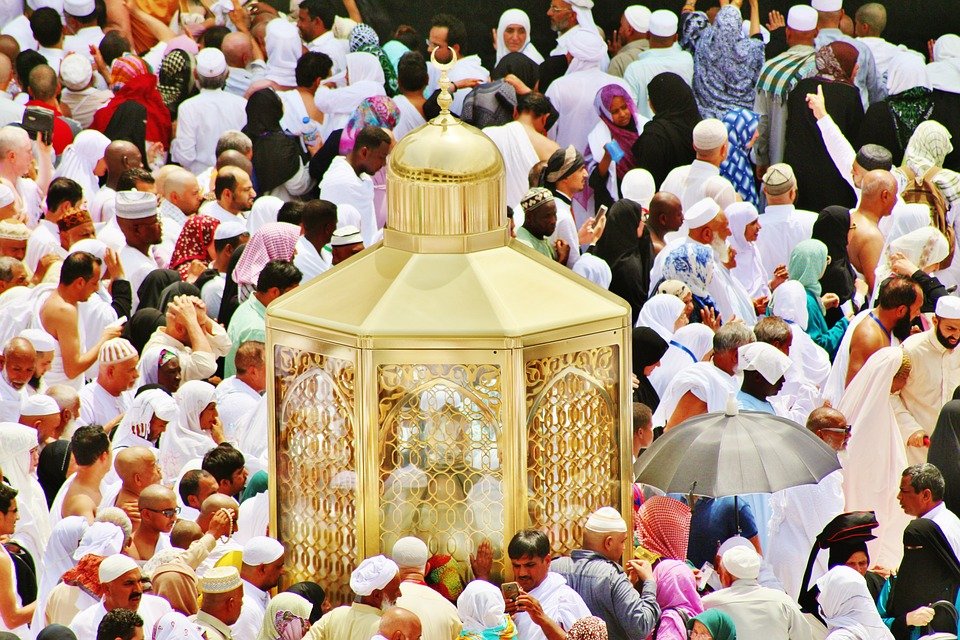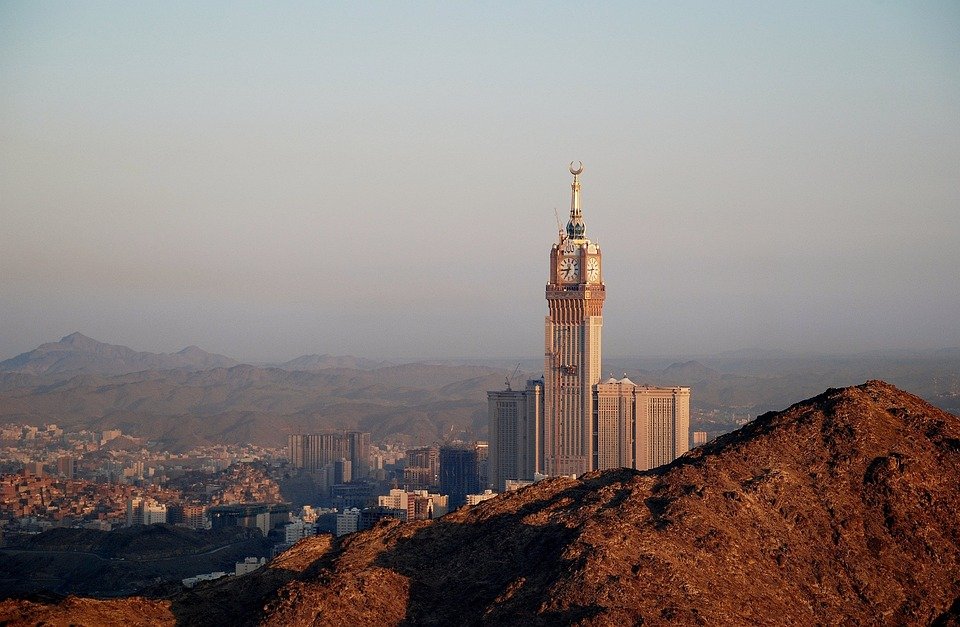You are here to read: What Time of the Year Does One Perform Hajj? Key Insights! – A Thoughtfully Written Guide Offering Spiritual Wisdom and Travel Advice for Every Pilgrim who is going on holy journey of Hajj or Umrah.
What time of the year does one perform Hajj? This important question sits at the heart of Islamic practice and spirituality. Each year, millions of Muslims gather in Mecca, fulfilling one of the Five Pillars of Islam during the Islamic month of Dhu al-Hijjah, specifically from the 8th to the 12th day. In this article, we promise to provide a comprehensive guide to understanding what time of the year does one perform Hajj, detailing the various rituals and significance of this sacred pilgrimage. I believe that knowing the timing and related practices will greatly enhance your understanding and appreciation of this vital religious obligation.
The importance and significance of what time of the year does one perform Hajj cannot be overstated. This pilgrimage serves as a unifying experience for Muslims all over the world, reaffirming their faith and commitment to Allah. I feel it’s crucial for every Muslim to grasp the deeper meaning behind these dates and rituals to fully engage in the experience. With our expertise of nine years in the Umrah and Makkah, Madinah travel field, we provide key insights about “What Time of the Year Does One Perform Hajj?” and its profound implications for spiritual growth. Trust us to offer valuable information that you can rely on during this vital aspect of your religious practice.
Understanding Hajj: A Spiritual Journey
Hajj is an important pilgrimage for Muslims around the world. It takes place in the holy city of Makkah, Saudi Arabia. Every eligible Muslim is required to perform this pilgrimage at least once in their lifetime. This spiritual experience offers deep insights into one’s faith and a chance to seek forgiveness. The journey is not just physical; it also nourishes the soul. Many who have completed Hajj often talk about the transformations they feel, both internally and externally.
During Hajj, millions gather from various corners of the planet. They all come together, united in their faith and purpose. Walking alongside people from different cultures and backgrounds can be awe-inspiring. Each person’s story adds richness to the atmosphere, creating a unique tapestry of experiences. I think this diversity brings about a strong sense of community among pilgrims, bridging differences and promoting peace.
The Islamic Calendar and Hajj Timing
Hajj occurs during the Islamic month of Dhu al-Hijjah. This month follows the lunar calendar, which is about 10 to 12 days shorter than the Gregorian calendar each year. Because of this difference, the dates for Hajj shift each year, moving earlier as time passes. This shift means that Hajj can fall in different seasons, which can greatly impact the experience.
For example, Hajj might take place in the heat of summer one year, while the next year, it could occur in the cooler months. Some pilgrims find this variability exciting. They look forward to experiencing the different moods of Makkah throughout the seasons, whether under the hot sun or in cooler weather. We can appreciate the beauty of nature and how it complements our spiritual reflections during the pilgrimage.
Preparation: Timing is Everything
When planning to perform Hajj, proper preparation is essential. Knowing when to start your journey helps ensure everything goes smoothly. Most pilgrims begin arranging their travel and accommodations months in advance. This forethought allows them to secure the best options. In my opinion, early preparation contributes to a more pleasant experience, helping pilgrims reduce any anxieties they may have.
You're at the middle of this awesome post at AirlinkHajjandUmrah.com through: What Time of the Year Does One Perform Hajj? Key Insights!. Keep reading, it gets better!
Understanding the timeline of Hajj activities also helps pilgrims feel more prepared. Hajj rituals take place over five to six days, each filled with specific tasks and prayers. Being aware of these rituals beforehand allows participants to engage more fully and meaningfully in each moment. It transforms what may seem like a daunting task into a fulfilling spiritual endeavor, filled with purpose.
Community and Fellowship During Hajj
As we gather for Hajj, we foster friendships and connections. The shared experiences can create lasting bonds among pilgrims. Many travelers cherish the chance to meet others who share similar beliefs and values. This sense of community enhances the pilgrimage, making it feel even more significant. We can find comfort in knowing we are not alone in this journey; everyone shares the same aim—to strengthen their faith.
Notably, shared meals and prayers symbolize unity. Those moments help deepen friendships, pulling us closer together. I feel that this fellowship can prepare us for life back home as we return, refreshed in spirit and enriched by the connections we’ve formed. We will carry those friendships into our daily lives, reminding us of the larger community of believers, no matter where we find ourselves.
The Economic Aspect of Hajj Timing
Timing can also have economic implications for those planning Hajj. Traveling during busy times can lead to higher costs, especially for accommodation and travel. As more pilgrims seek to perform Hajj during peak times, prices often rise. I believe mindful planning can help alleviate some financial stress.
By choosing to travel during less-crowded periods or booking early, pilgrims can find more budget-friendly options. Meanwhile, many tour operators offer packages that can help make the pilgrimage more affordable and manageable. Collaborating with knowledgeable tour operators allows pilgrims to focus more on their spiritual experience rather than potential challenges along the way.
Cultural Celebrations During Hajj
Throughout Hajj, unique cultural experiences unfold. Pilgrims often engage in vibrant celebrations that showcase Saudi Arabia’s rich history and traditions. From communal prayers to local hospitality, the entire atmosphere radiates warmth and joy. These moments can add layers of meaning to our pilgrimage that extend beyond mere rituals.
Experiencing local customs can provide insights into the hosting city and its people. We find ourselves immersed in traditions that have been carried on for generations. I think this cultural exchange enhances the pilgrimage experience, allowing us to reflect on what faith means, not just for ourselves but for others as well.
The Eternal Impact of Hajj
Completing Hajj is more than just a checklist of tasks; it leaves a lasting imprint on our hearts and minds. Many pilgrims recall feeling a sense of renewal and purpose once they return home. The experience fosters compassion, understanding, and a greater appreciation of life’s diversity. In my opinion, this transformation is one of the most extraordinary gifts of participating in Hajj.
The lessons learned during the journey can guide us for years to come. Whether it is the importance of community, perseverance, or devotion, these insights can inspire us in our day-to-day lives. I think it’s fair to say that for many, Hajj becomes a cornerstone of their faith journey, a milestone to cherish forever. The timing of this pilgrimage, as well as its rich experiences, intertwines to create an unforgettable transformation in the lives of countless believers.
That wraps up What Time of the Year Does One Perform Hajj? Key Insights!. Thanks for sticking with us till here! Share this: What Time of the Year Does One Perform Hajj? Key Insights! with your friends.
Check our homepage at Air Link Hajj & Umrah for more awesome updates.
Some interesting posts are: 1: Umrah Mubarak, 2: When is Umrah closed 2026?, 3: When does Umrah start after Hajj 2026?
Mushu, an experienced Saudi Arabia traveler and writer, shares insightful tips and spiritual reflections to enhance Hajj and Umrah journeys for fellow pilgrims. He has been to Makkah and Madina from 2016 to 2023 many times and his posts will reflect this.







